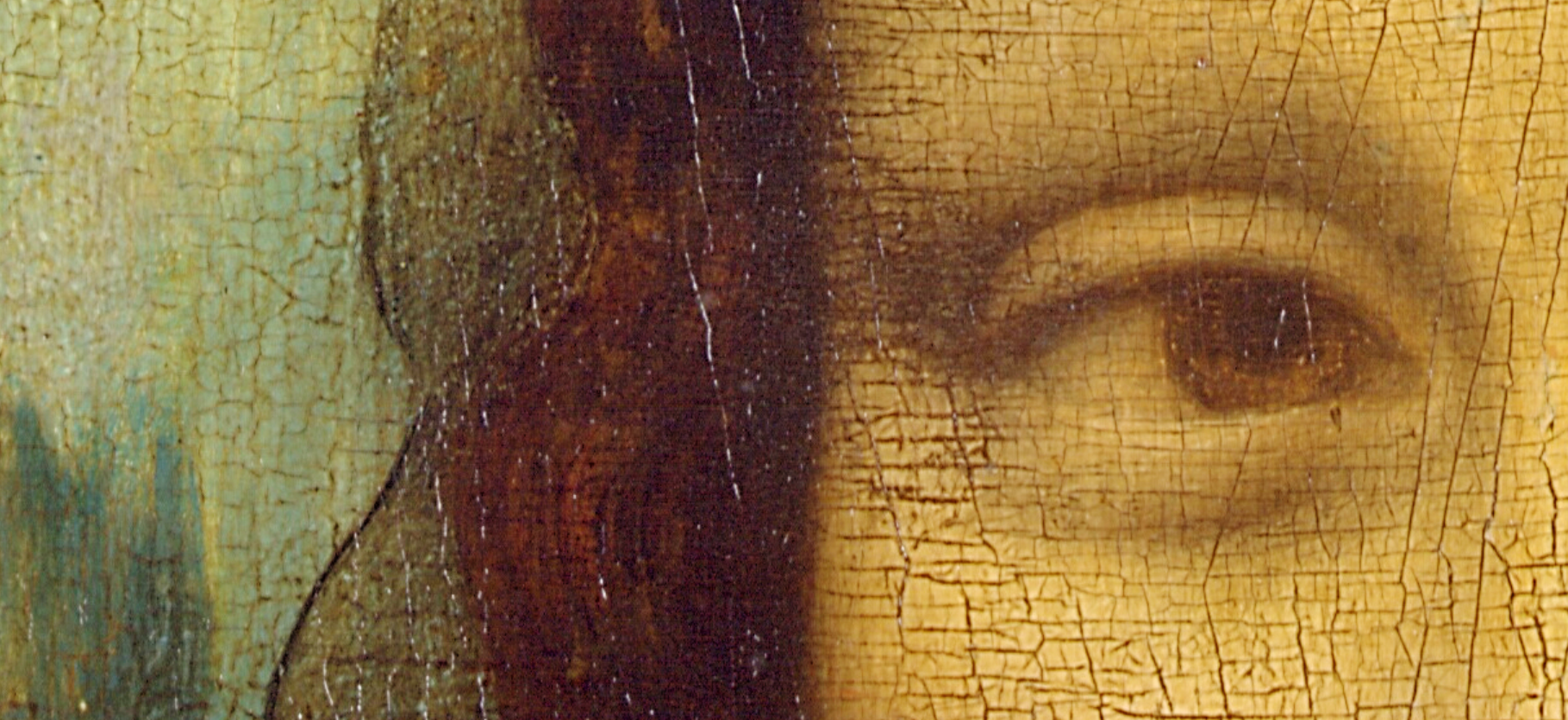The Mindful Mona Lisa: Transitive Painting

In his 1992 book Only Connect: Art and the Spectator in Renaissance Painting, John Shearman explores in depth "the artist's responses to the assumed presence of the spectator…. from awareness and acknowledgement, to the spectator's entering into the artist's subject and completing its plot, and finally… the artist assuming… the complicity of the spectator in the very functioning of the work of art." (OC, p. 17)
As this mode of painting matured during the Italian Renaissance, “the relationship between work of art and spectator is now fully transitive. The Oxford English Dictionary defines 'transitive' as 'taking a direct object to complete the sense, passing over to or affecting something else, operating beyond itself'” (OC, p. 33).
However, in the Mona Lisa Shearman sees only an early and partial use of transitive painting: “The Mona Lisa notoriously presents problems of interpretation… was Leonardo trying to describe the inner qualities… of an individual? If that was his intention, I do not think he can be said to have achieved it” (OC pp. 121-122). The ML is transitive by engaging the viewer with its eye contact and smile, but remains limited to “generalized ambiguities” (OC, p. 125) which only later artists “taking up the challenge” (OC, p. 123) would particularize.
However, what if Leonardo’s goal of universality (as proposed by Martin Kemp) superseded particularization by design in order to pose an even more profound and intentional challenge to the emerging transitive aesthetic?
Perhaps the “generalized ambiguities” are specifically designed, like a Zen koan, to require the viewer to look deeper, indeed to study all of the arts and sciences in Leonardo's notebooks. Our own work to understand these becomes part of the subject of the painting. Shearman calls this gradual timeline in transitive artworks the "slow fuse" (OC, p. 258).
In this new hypothesis the Mona Lisa may be an allegorical portrait of Experience personified as a principle uniting art, science, society, and humanity. Since Experience is universal, we don't see a particular example of it portrayed but rather are led to encounter our own. The viewer and not the painting is the locus of the “missing” particularization. Perhaps Leonardo foresaw the deep historical future of transitive painting as well as the interconnective literature dreamt of by Calvino, and a time like our own in which the free discussion of art and science would be both more permissible and urgently needed.
Did Leonardo intend to create a portrait of Experience? He does personify it as “mistress” (i.e. the feminine of “master”) numerous times in his notebooks:
- “My subjects are to be dealt with by experience rather than by words; and [experience] has been the mistress of those who wrote well. And so, as mistress, I will cite her in all cases.” (Richter, 10).
- “My works are the issue of pure and simple experience, who is the one true mistress.” (R, 12)
- “Il Moro as representing Good Fortune” i.e. referencing allegorical portraiture (R, 672)
- “Science is the observation of things possible, whether present or past; prescience is the knowledge of things which may come to pass, though but slowly.” (R, 1148)
- “Experience, the interpreter between formative nature and the human race, teaches how that nature acts among mortals; and being constrained by necessity cannot act otherwise than as reason, which is its helm, requires her to act.” (R, 1149)
- “Experience never errs; it is only your judgments that err by promising themselves effects such as are not caused by your experiments…. Men are unjust in complaining of innocent Experience, constantly accusing her of error and false evidence.” (R, 1153)
As promised in last week’s blog, how can all this relate to water and meditation?
Leonardo wrote evocatively “The water you touch in a river is the last of that which has passed, and the first of that which is coming. Thus it is with time present.” (R, 1174)
This can be compared aesthetically to Hokusai’s wave, or to the Buddhist saying “Enlightenment is like the moon reflected on the water.”
Or this from the Met: “Zen teaches that enlightenment is achieved through the profound realization that one is already an enlightened being,” which “is the result of one’s own efforts. Deities and scriptures can offer only limited assistance.”
Perhaps Leonardo’s image of Experience is transformative for us today just as is Buddha’s vision of Enlightenment: by showing that each of us already has it.
Next week: Experience and Enlightenment
